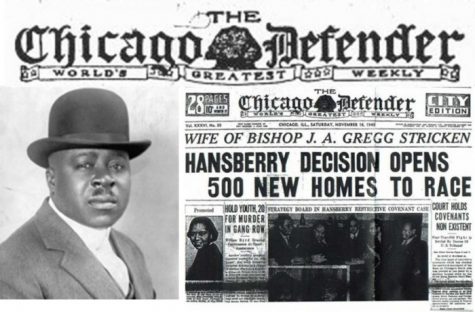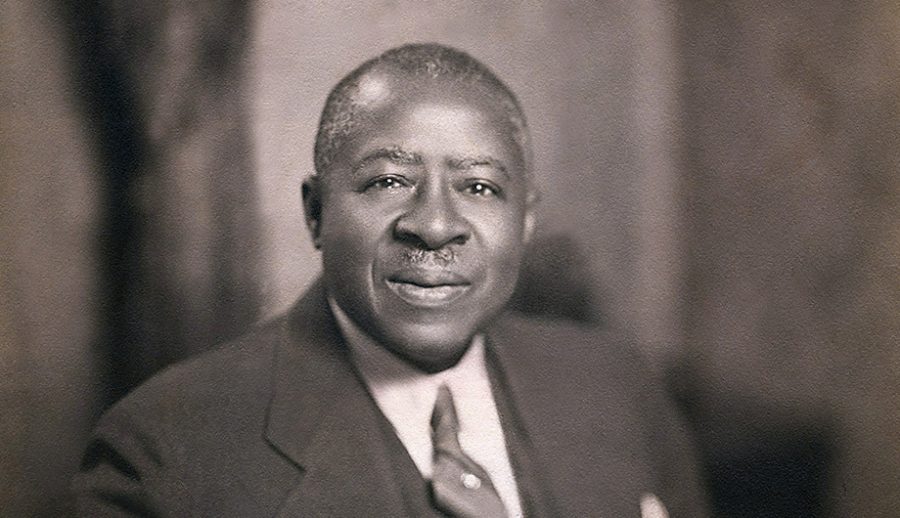Robert Abbott
In honor of Black History Month, every day The Cardinal will feature a prominent and historical Black American, living or dead, who has worked toward change, advancement, and/or world peace. Some of them are heroes, and some are unsung heroes who have made a contribution to society.
February 8, 2021
Robert Sengstacke Abbott, a lawyer, newspaper publisher, and editor was born on November 24th, 1870, in Georgia. Born just five years after the end of the Civil War, Robert Sengstacke Abbott founded a weekly newspaper, The Chicago Defender, one of the most important Black newspapers in history, in 1905. This grew to have the highest circulation of any black-owned newspaper in the country. Abbott founded the Bud Billiken Parade and Picnic in August 1929. The parade, which has developed into a celebration for youth, education and African–American life in Chicago, Illinois; Is the second largest parade in the United States
Abbott studied at Hampton Institute (now Hampton University) and Kent Law School in Chicago. He received his law degree in 1899, and was told that he was “too dark” to practice law in America. Abbott found it difficult to support himself as a lawyer. He became convinced that he could defend his people in public print better than he could in a courtroom, so he took a job learning the trade as a printer at his stepfather’s newspaper. He wanted to push for job opportunities, social justice, and fight segregation.

What started off as 25 cents in capital and a four-page pamphlet distributed strictly in Black neighborhoods quickly grew into a readership that eclipsed half a million a week at its peak. The Defender fought for social justice and political and economic equality. It attacked discrimination, segregation, and lynching. The newspaper was credited with encouraging the migration from the South by providing information about job opportunities in the North during World War I. Hundreds of thousands of Blacks moved North because of his newspaper. Because of Abbott, The Defender became a thriving national institution. One of the nation’s largest and most influential Black newspapers, by 1966; it was one of only two that was published on a daily basis out of 350 Black-owned newspapers.


